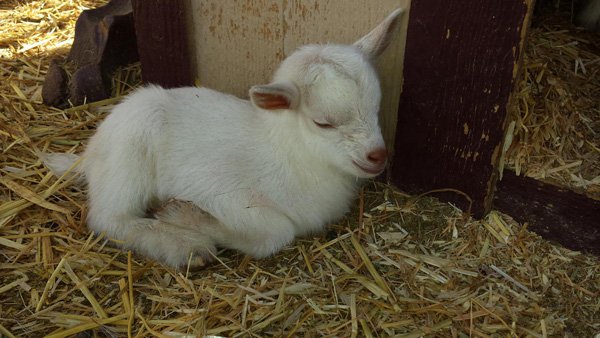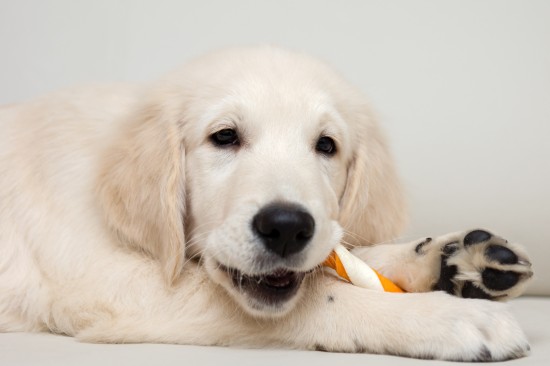When training you bird, teaching it good manners is a first priority. The "Up" command could be the very first behavior you select for your parrot training. It doesn't matter whether your parrot is a trusting, just weaned baby or an adult untamed bird, you can still use this easy process for training your bird.
Training your bird behaviors is faster and easier when working with a hand-fed, young parrot rather than one that is not tame. You might find that it works best to use an untreated wooden dowel or an extra perch you have on hand. Just be sure the perch or stick is fairly long if training your parrot who is not tamed. This way, training your parrot can begin by asking the bird to step on a stick rather than your hand or arm.
The first step is choosing location. I like to see people training their parrots outside the cage. Sometimes that just can't be arranged. You can work on training your parrot while the parrot inside the cage. This is easy if you have a large opening as the door. Any cages have very large secondary doors with smaller openings for inserting food and water dishes, making it easy to train inside this type of cage. Choose a dowel or perch appropriate for the type parrot species you own so your parrot will be able to stand comfortably on the perch.
The second step to watch for when training your parrot, during that very first session; simply place the perch below the bird's breast and above its feet. Say the word "Up" clearly but not loud or your parrot might be startled or scared. As you say the word, move the wooden dowel slightly forward so that your parrot will place a foot on the perch and step onto it.
Training your parrot means that each time it steps up on command, you should offer a reward. Tell your parrot what a great bird it is and offer a treat during early parrot training sessions. Do these steps for 10 minutes per session. I find that training your parrot in two sessions per day works best. If you can't train but one time daily, don't use longer sessions; 10 minutes is sufficient.
Consistency is the key to training your bird! It is important that you do not allow your parrot to refuse to perform the behavior after it has stepped up the first time. You want your parrot to understand that this is something it must do when requested.
When training your bird, provide love, attention, and treats when the bird performs properly. When the bird responds, tell it how pleased you are and how much you love it. A treat can be given at first, but praise and love are the best rewards; tame parrots never get enough!
As your parrot becomes comfortable stepping onto the perch, slowly shorten the distance from your hand to the bird. I find that when training untamed parrots, shortening the perch more than once a week can stress them and actually create a loss of the trust you've built. Progress slowly and regular training will help you and your bird accomplish your parrot training goals.
Soon, a day will arrive that you notice the distance from your hand to the bird on the perch is small. After your parrot becomes really comfortable with your hand that nearby, begin the final parrot training step - offer your hand or forearm (depending on the parrot's size) instead of the perch. Ask the parrot, by saying the UP command, to step directly onto your arm or hand.
How long training your parrot this behavior requires depends on you, your consistency and your parrot. If the parrot has been stressed or made afraid through abuse or trauma, it can take a long time. If your parrot is simply unfamiliar with you, you must prove to it that you won't hurt it and the process can occur quite quickly.
When training your bird that was hand-fed, you can reasonably expect the parrot training process to progress quickly. Not long ago, I brought home a baby budgie, just weaned, but not hand-fed. Within one week, he was happily performing the "up" behavior on command whenever I asked him to step up.
Be sure to watch your parrot's body language for clues to the level of trust and level of comfort with the parrot training activities you are doing. Your parrot will generally communicate its comfort level using body language. You simply have to pay attention to the clues.

 How to work for or open a dog boarding of your own?
How to work for or open a dog boarding of your own?
How to work for or open a dog boarding of your own?
How to work for or open a dog boarding of your own?
 THE HORSES OF ERATH COUNTY: This Texas County Ain’t Horsin’ Around
THE HORSES OF ERATH COUNTY: This Texas County Ain’t Horsin’ Around
 Scottish Terrier Hereditary Health And Longevity
Scottish Terrier
Scottish Terrier Hereditary Health And Longevity
Scottish Terrier
 Some Of The Stranger Forms Of Canine Behaviour Decoded
Some Of The Stran
Some Of The Stranger Forms Of Canine Behaviour Decoded
Some Of The Stran
 4 Glorious Irish Dogs Breeds
4 Glorious Irish
4 Glorious Irish Dogs Breeds
4 Glorious Irish